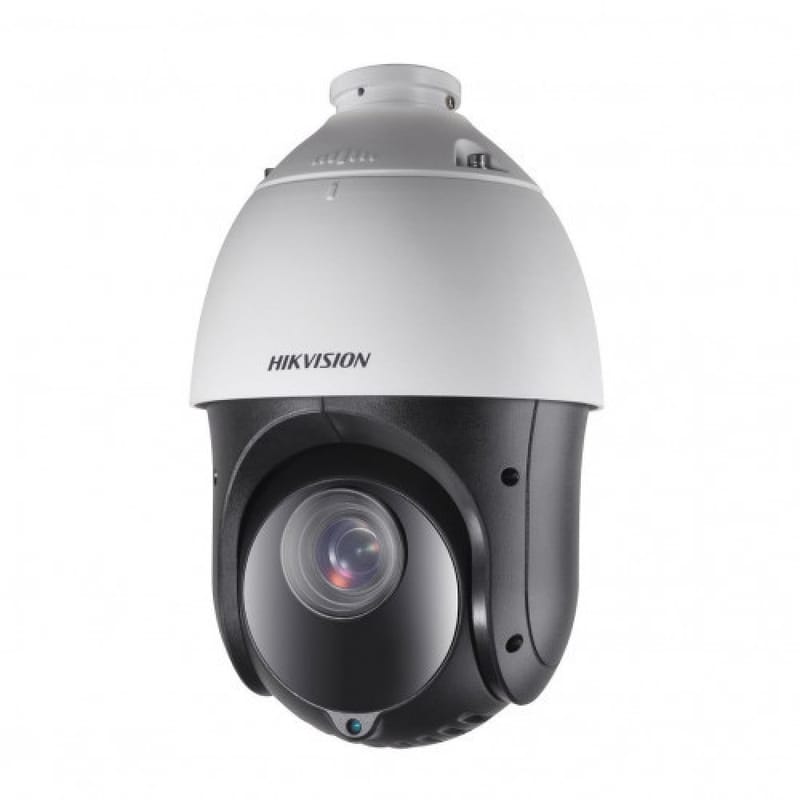Protection and surveillance systems

Description of surveillance cameras:
Types: Surveillance cameras come in different types, each designed for specific purposes. Common types include:
Dome cameras: These cameras are usually mounted on ceilings and have a dome-shaped housing, making it difficult for individuals to know where the camera is pointing.
Bullet cameras: Bullet cameras are cylindrical in shape, and are often mounted on walls or ceilings. They are easily visible and can act as a deterrent to potential hackers.
Pan-Tilt-Zoom (PTZ) Cameras: PTZ cameras can pan, tilt, zoom and pan to capture a wide range of views. They are often used in situations that require active monitoring and monitoring.
Wireless Cameras: These cameras transmit video wirelessly, making installation and placement more flexible.
IP Cameras: Internet Protocol (IP) cameras can connect to a network, allowing remote access to video channels over the Internet.
Resolution: Security cameras vary in resolution, with options ranging from standard definition (SD) to high definition (HD) and even ultra-definition (4K). High-resolution cameras provide clearer and more detailed shots.
Night Vision: Many security cameras are equipped with infrared (IR) or low-light technology, enabling them to capture video in low light or total darkness.
Recording: Surveillance cameras can record footage locally to a digital video recorder (DVR), network video recorder (NVR), or to cloud storage. Storage capacity depends on system setup.
Remote Access: Modern surveillance systems often provide remote access through smartphones, tablets, or computers, allowing users to view live or recorded footage from anywhere with an Internet connection.
The importance of surveillance cameras:
Deter Crime: Visual surveillance cameras act as a deterrent to potential criminals, reducing the likelihood of theft, vandalism and other illegal activity.
Security: Surveillance cameras enhance the security of homes, businesses, and public places by providing real-time monitoring and recording of events. They can help identify intruders and provide evidence in case of incidents.
Safety: In public places, surveillance cameras contribute to public safety by monitoring accidents, emergencies, and suspicious behavior. They can also help law enforcement respond quickly to incidents.
Collect Evidence: Surveillance footage serves as valuable evidence in legal proceedings, investigations, and insurance claims. It can help clarify events, identify suspects, and protect the rights of both victims and accused individuals.
Employee Productivity: In workplaces, surveillance cameras can enhance employee accountability, discourage misconduct, and improve overall productivity.
Peace of Mind: For homeowners and business owners, security cameras provide peace of mind by allowing them to monitor their property even when they are not physically present.
Public Places: Surveillance in public places can help ensure the safety and security of citizens, deter criminal activity, and provide evidence in the event of incidents.
In short, surveillance cameras are essential tools for enhancing security, safety, and surveillance in various environments. Their presence can deter crime, provide valuable evidence, and contribute to the overall peace of mind of individuals and communities.


